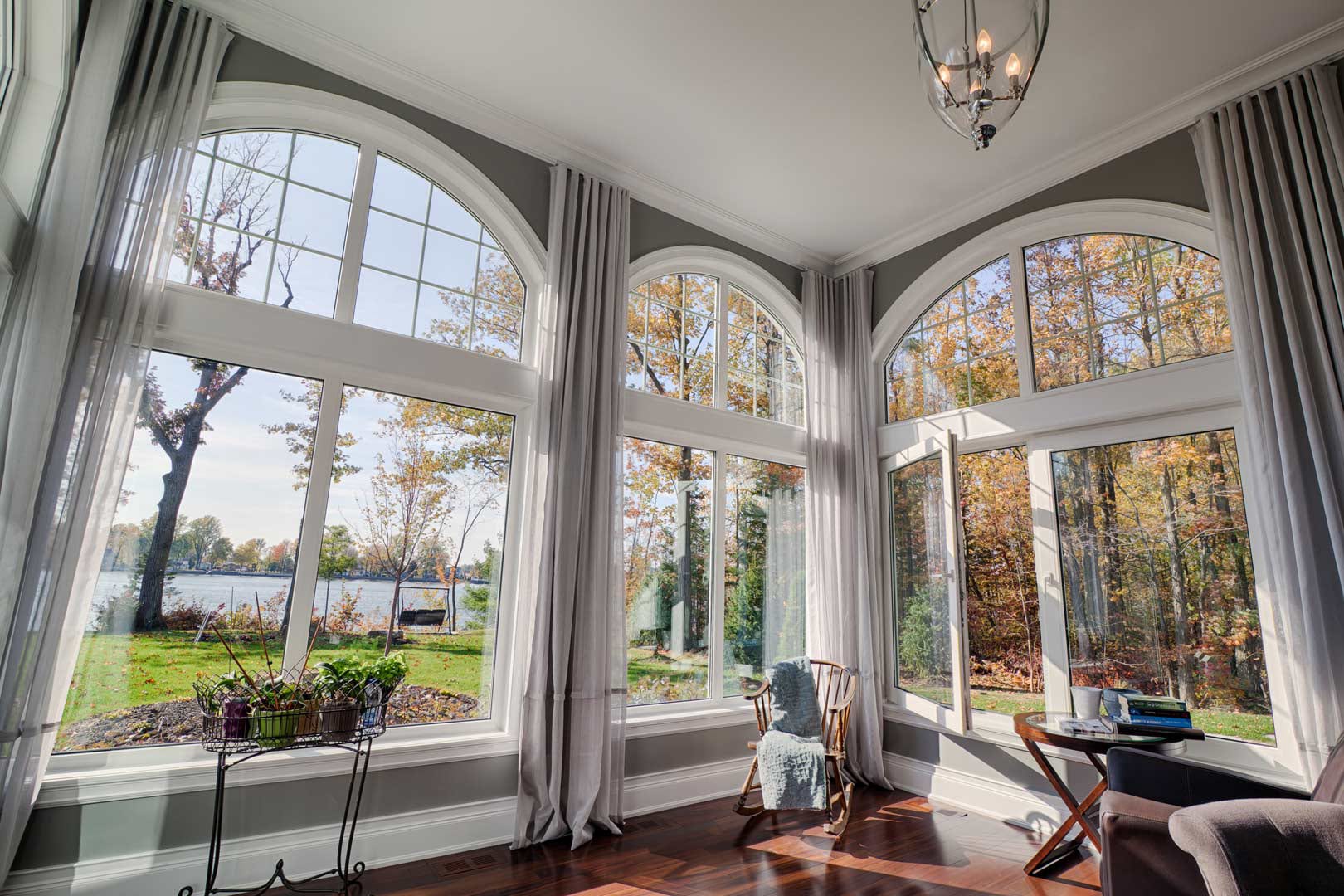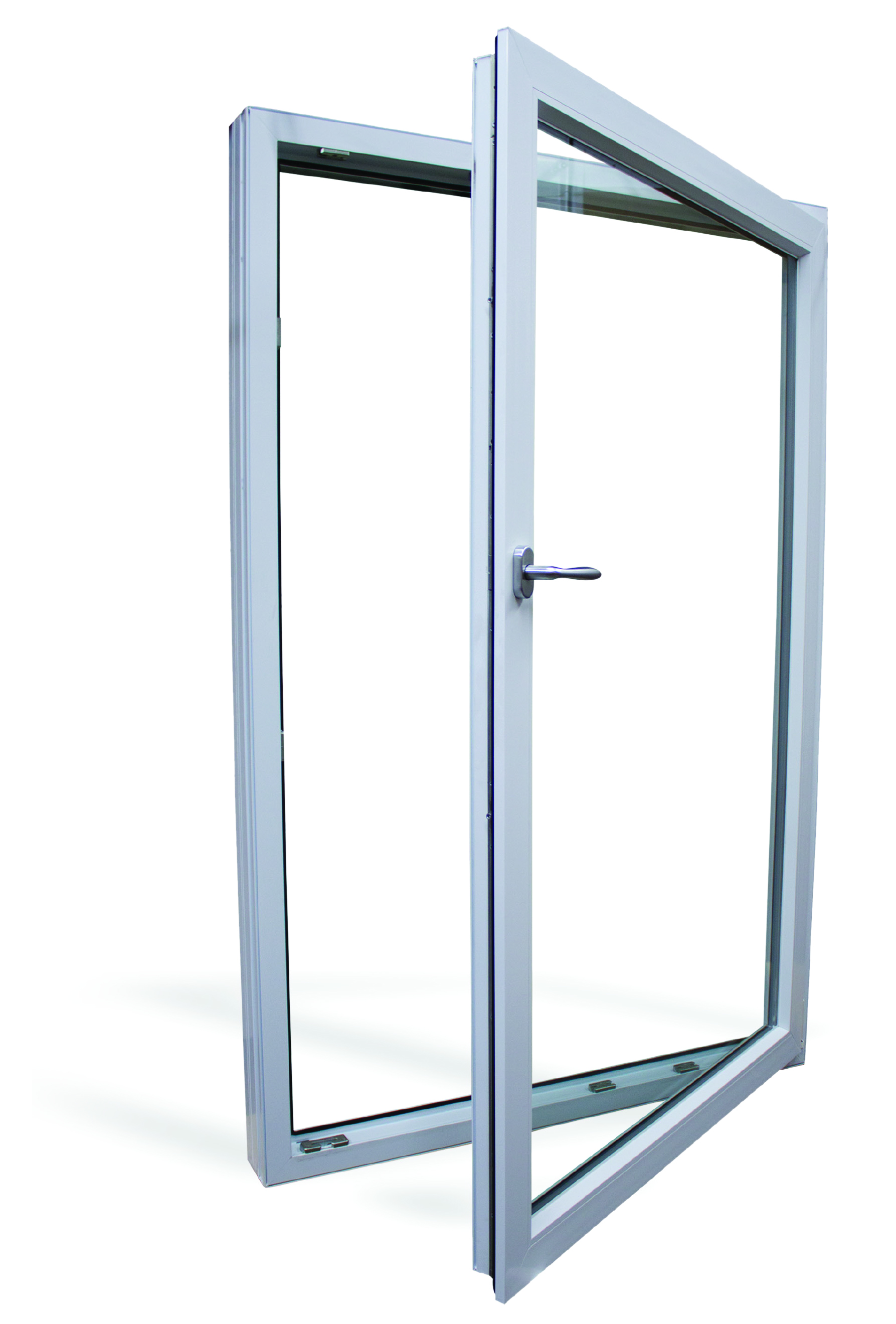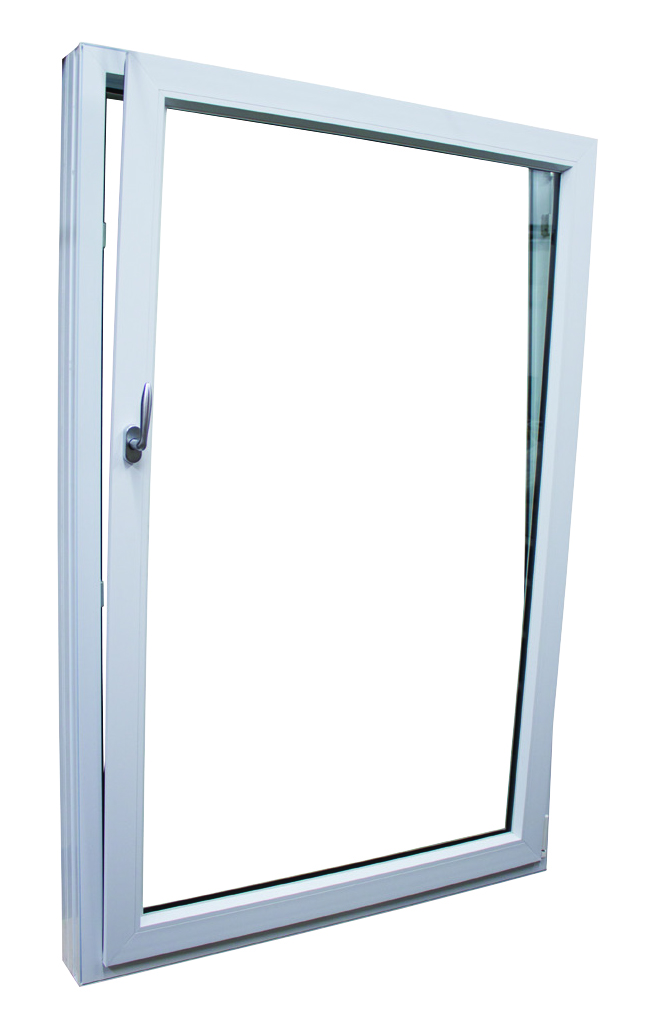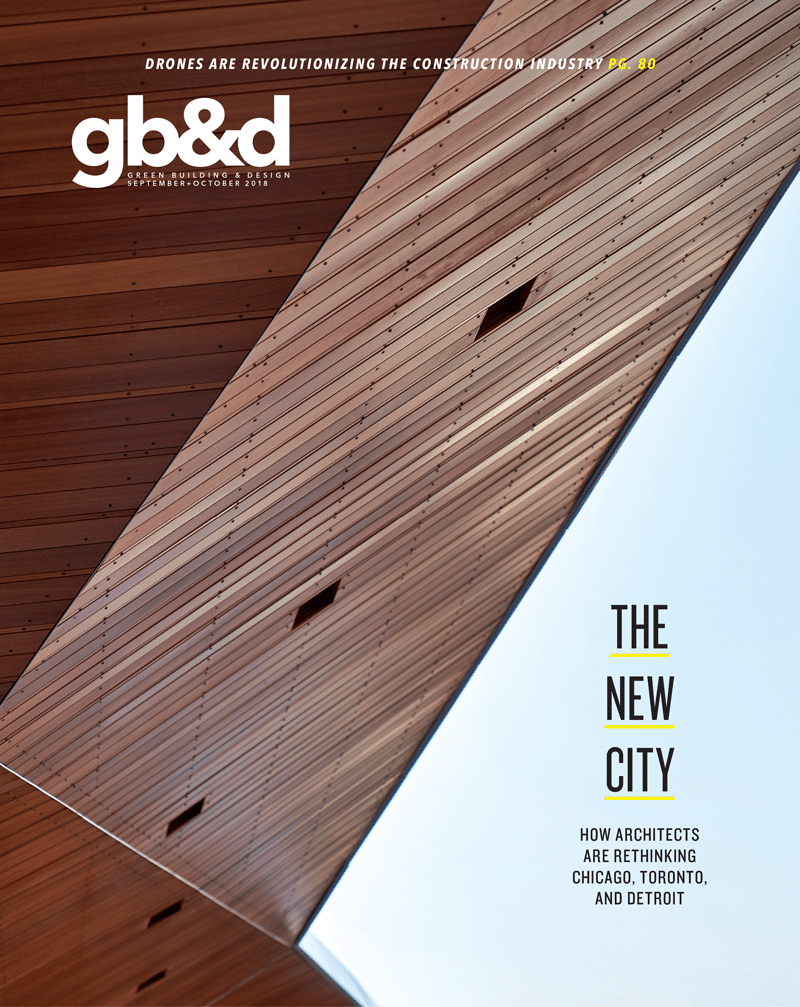How ENERGI Fenestration Solutions is bringing European style to North American building projects

[Photo: Courtesy of ENERGI]
Quebec is at the intersection of European and North American culture, a blend of the styles and ideas of both continents. It’s also home to window and door manufacturer and distributor Fenergic, the company working with ENERGI Fenestration Solutions to bring a classic European window design, the tilt/turn window, to the U.S. and Canada. “We did not want to get to the market with the typical tilt/turn system that we think of in Europe,” says Jean Marois, manager of sales and business development at ENERGI. “We wanted to make sure the window system would be adapted for the North American market.”
ENERGI, a PVC extruder for the window and door industry, was the first to bring this kind of tilt/turn window to North America approximately eight years ago. The company has built a reputation that goes above and beyond with their designs and customer service. Not only do they extrude high-quality window and door profiles (a process of shaping metals or plastics by forcing them through an extrusion die), but they also have a performance testing lab onsite to check the quality of all their products. “We try to offer the most complete solutions for window and door fabrication on the market,” Marois says.
Tilt/turn windows are common in countries like France, Germany, and the U.K., but they’re still lesser known across the pond. North American builders tend to use double-hung windows in their projects that slide upward to open, or casement windows that are hinged at the sides and swing outward 90 degrees. Tilt/turn windows, however, either swing inward or outward from a vertical hinge, or tilt inward or outward on a horizontal hinge, and can switch between the functions by turning a handle. While some people consider tilt/turn windows’ European look to be aesthetically superior, that’s only one part of why their popularity is on the rise.
FROM OUR SEPT+OCT 2018 ISSUE

[Photo: Courtesy of ENERGI]
Why Tilt/Turn
ENERGI wanted to create a product that would stand out from other window systems on the market, and they did that by working with Fenergic to make their tilt/turn window a hybrid using PVC and aluminum. Windows with different color options have also been growing in demand, according to Veronique Bouladier, public relations and marketing coordinator at Fenergic. White PVC windows, which are energy insulating and made of recycled/recyclable materials, can’t be painted because they will fade and crack easily. Aluminum windows can come in different colors, but are highly conductive and not insulating enough to pass energy efficiency codes. ENERGI and Fenergic’s hybrid tilt/turn window design can come in a variety of colors, while still meeting Energy Star, PassivHaus, and LEED certification standards.
In addition to color options, architects and homeowners can choose a wider variety of window sizes and frame depths for the tilt/turn window compared to other designs. “You can achieve high structural performance but still have big dimension windows with the ability to add very high performance triple glazing,” Marois says. The design can also be fabricated in different combinations of tilt/turn windows, including the dual action tilt/turn window, tilt/slide window, french casement window, hopper window, and fixed window. No matter the combination, tilt/turn windows are impressively easy to clean. When the window is placed in the turn position, you can safely clean the exterior of your windows while being inside the building.
Benefits
Choosing this window design also helps building owners save on energy and heating bills, as well as maintenance costs. “The way the tilt/turn window is built, you can just open the window and leave it open to naturally ventilate the apartment or the building,” Marois says. Even when in the open position, the window can be locked so it can’t be opened from the outside, enabling people to safely leave their windows open without the risk of forced entry while protecting against potential accidents and injuries. When the windows are closed, the high-quality continuous compression weather seal on the frames and sashes provides excellent air tightness, high water penetration resistance, and high acoustical protection.

[Photo: Courtesy of ENERGI]
Because of North America’s large range of climates, the windows have to be able to handle a variety of temperatures and weather events. Fenergic has clients everywhere from Alaska and New York to Florida and the Bahamas, for example. Windows in the north must insulate efficiently in cold temperatures, while clients in the south not only need windows that insulate in hot temperatures, but they also need to be wind, water, fire, and hurricane resistant. ENERGI and Fenergic wanted to create a product to meet all these standards, and their tilt/turn window was the ideal design. Once installed, Bouladier says the windows will last 40 to 60 years.
The tilt/turn window is still very new to North America, but it’s already growing in popularity. “There’s a growing demand for high energy performance, and this window system can achieve those requirements,” Marois says. “Architects will need those requirements to get to the market with good, new buildings and improve the performance of their buildings.”
By the Numbers
- Meets all LEED certification criteria for 3 points
- 95˚ opening for easy maintenance
- Achieves thermal values of R-8 and Er-48 using low-e/argon standard glass
- Insulated glass package up to 42mm (1 5/8″) for optimal thermal value

